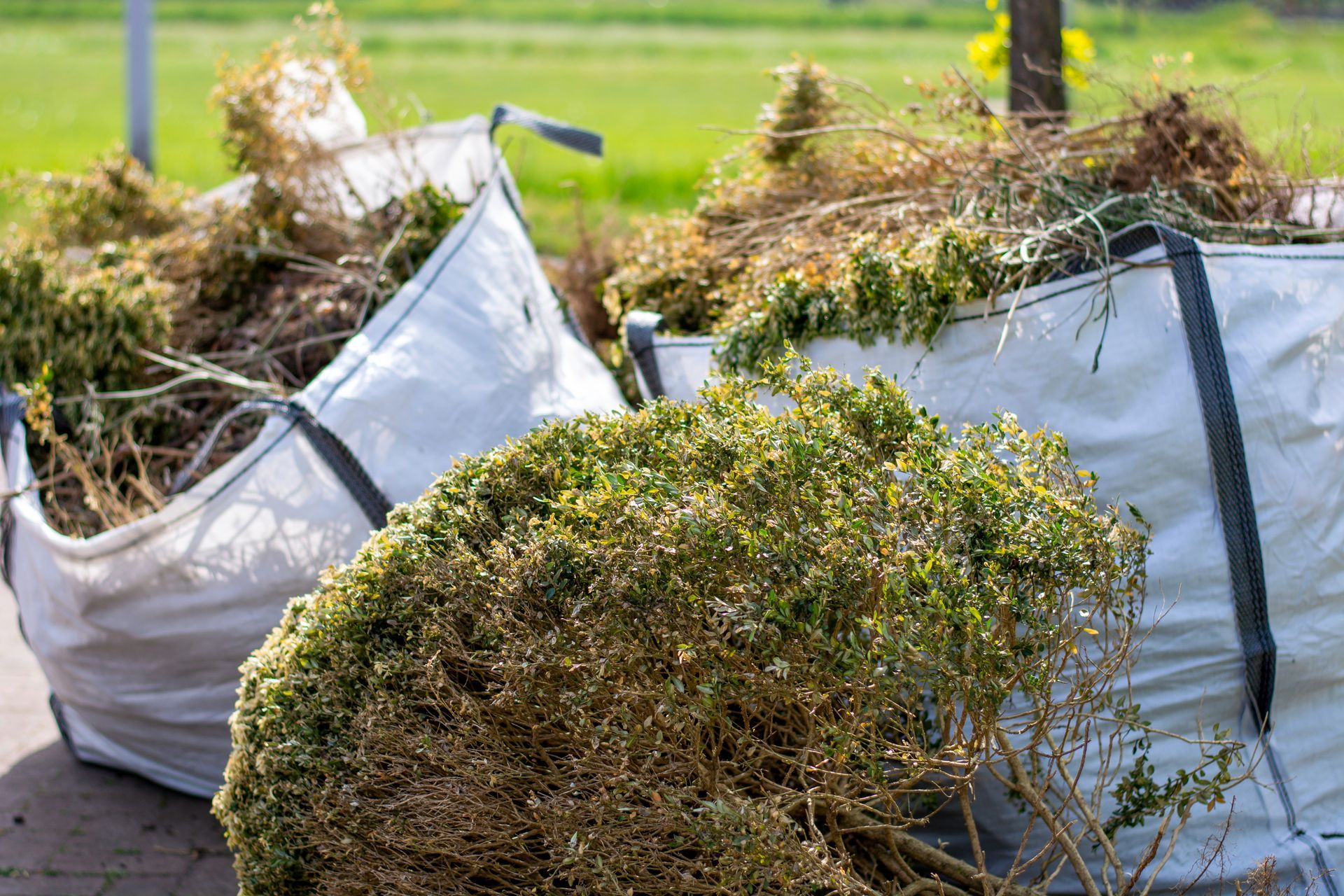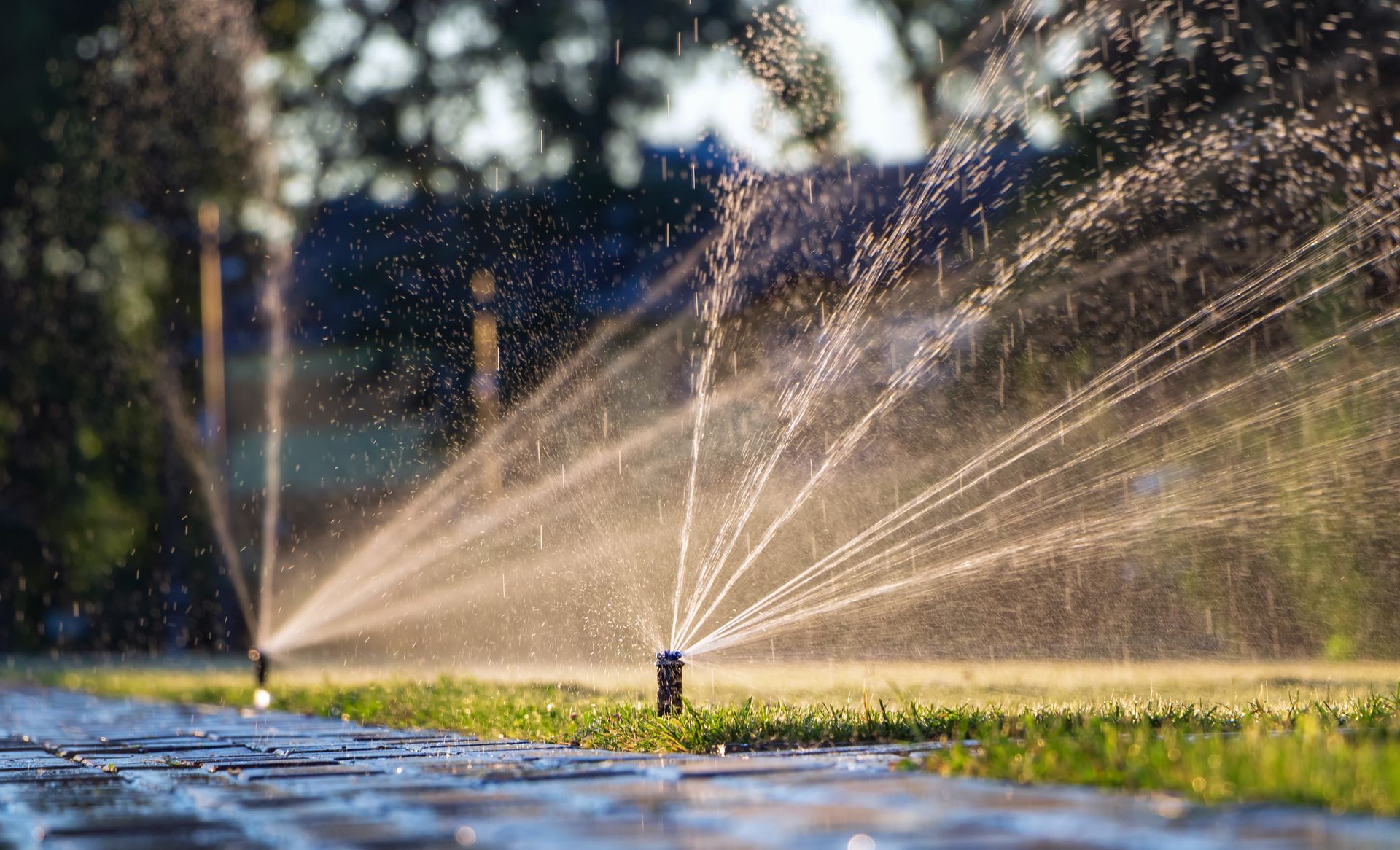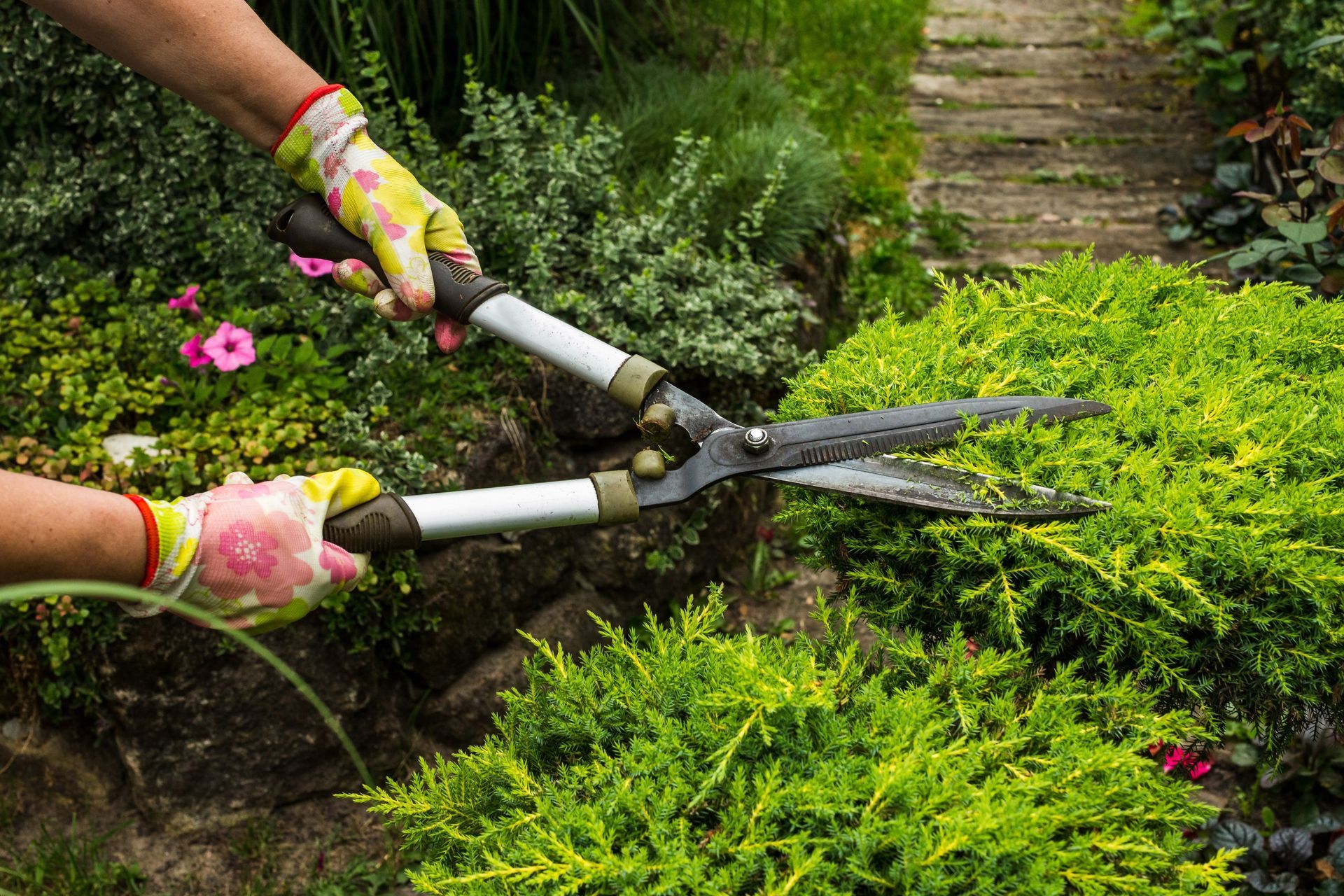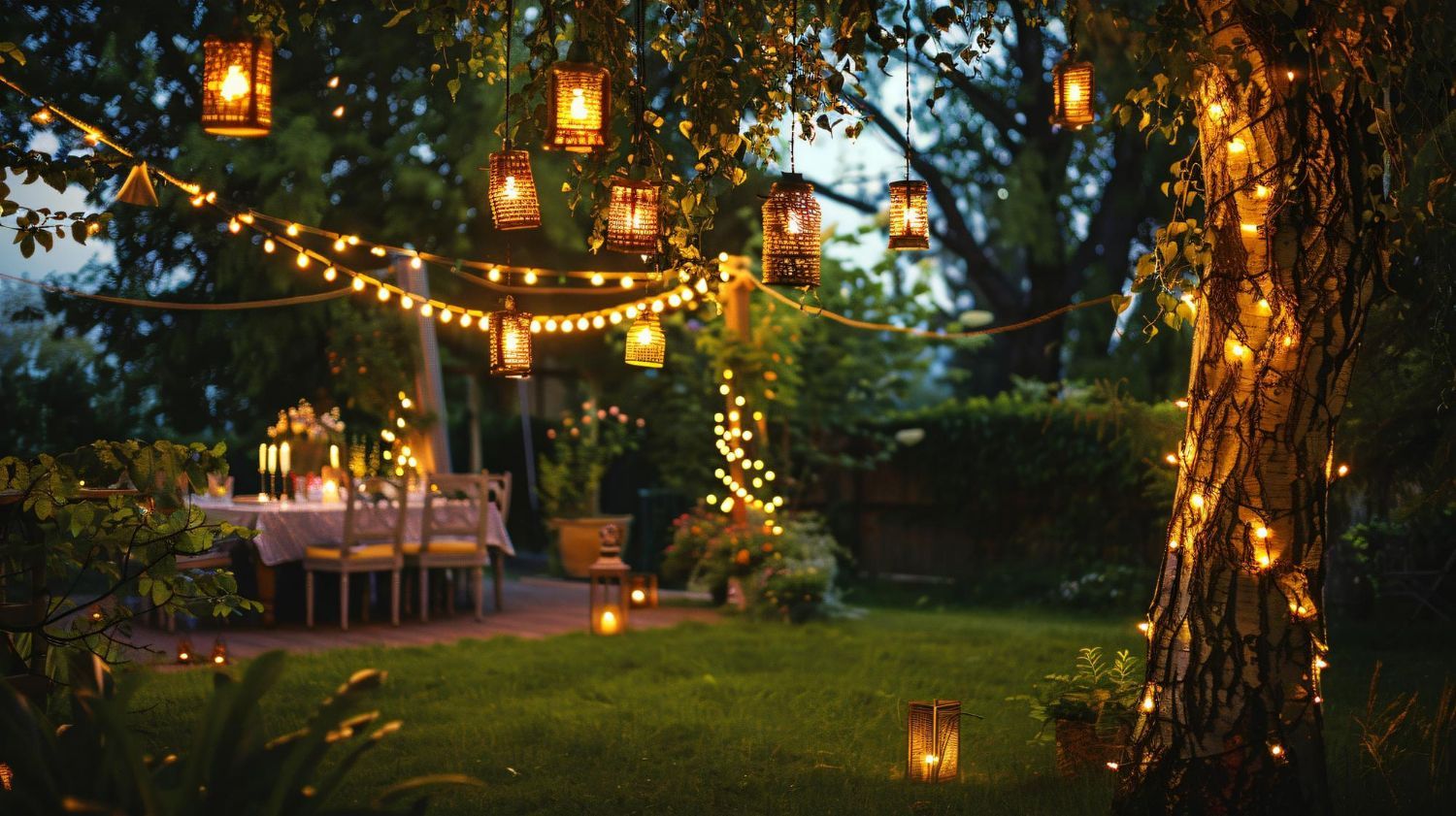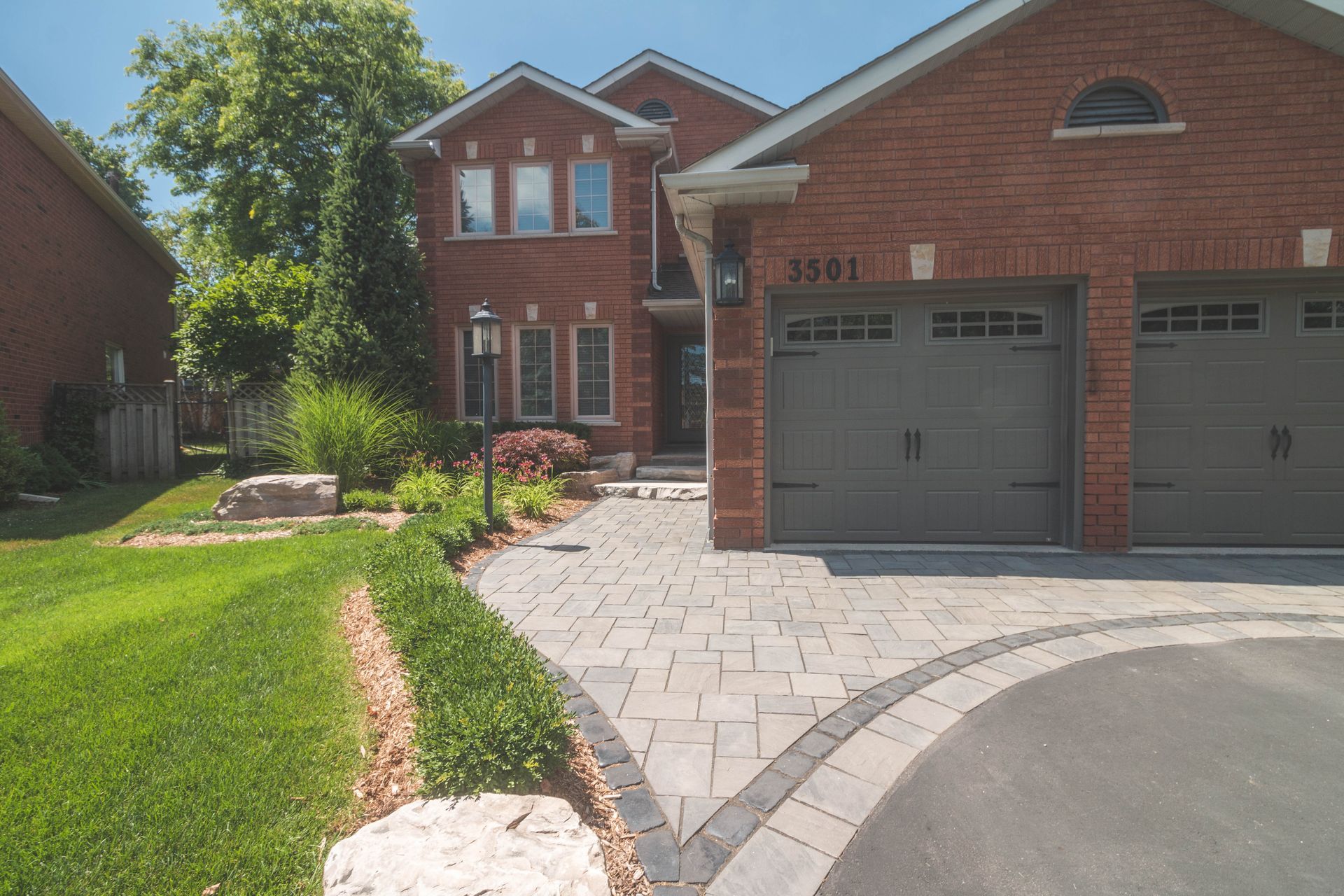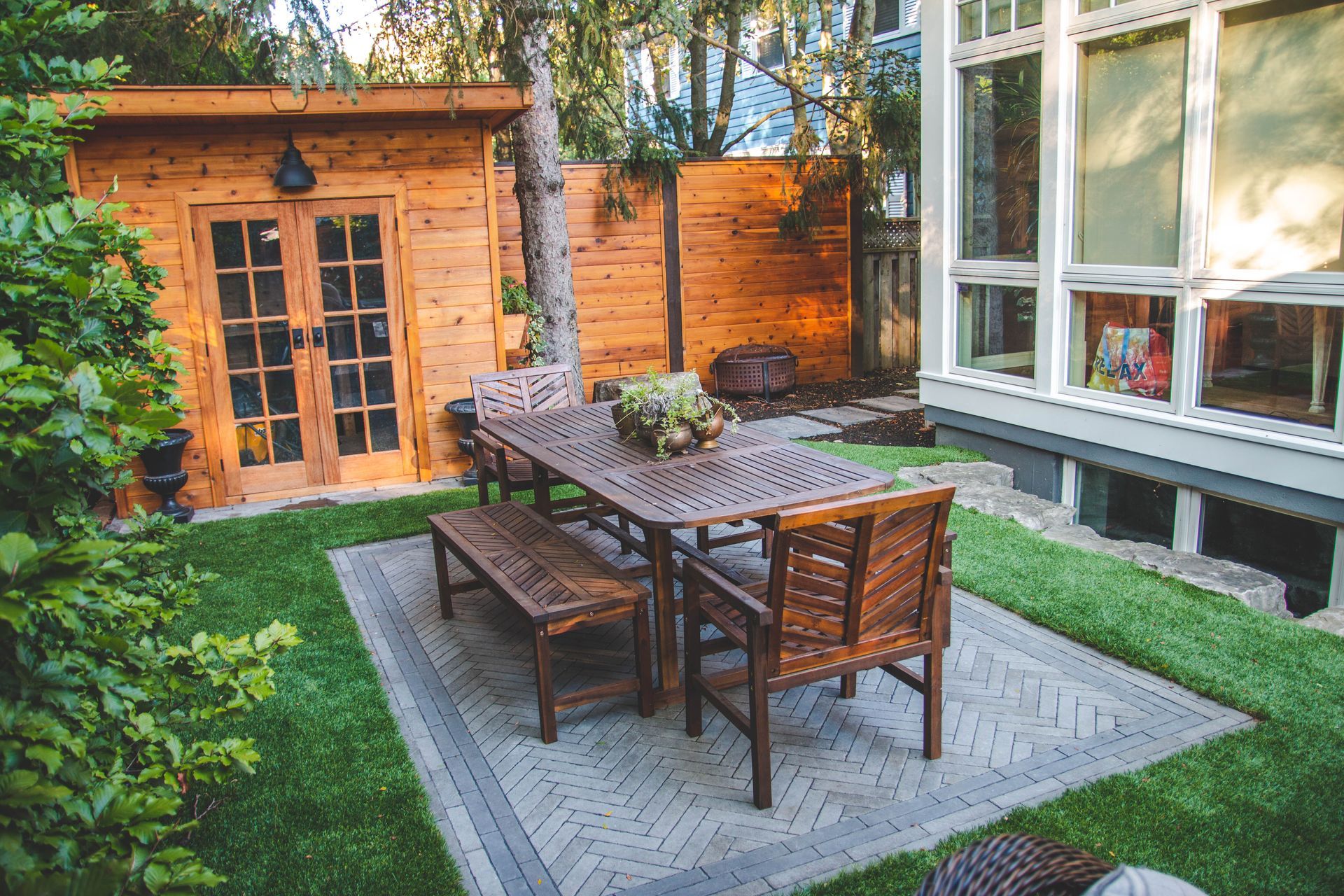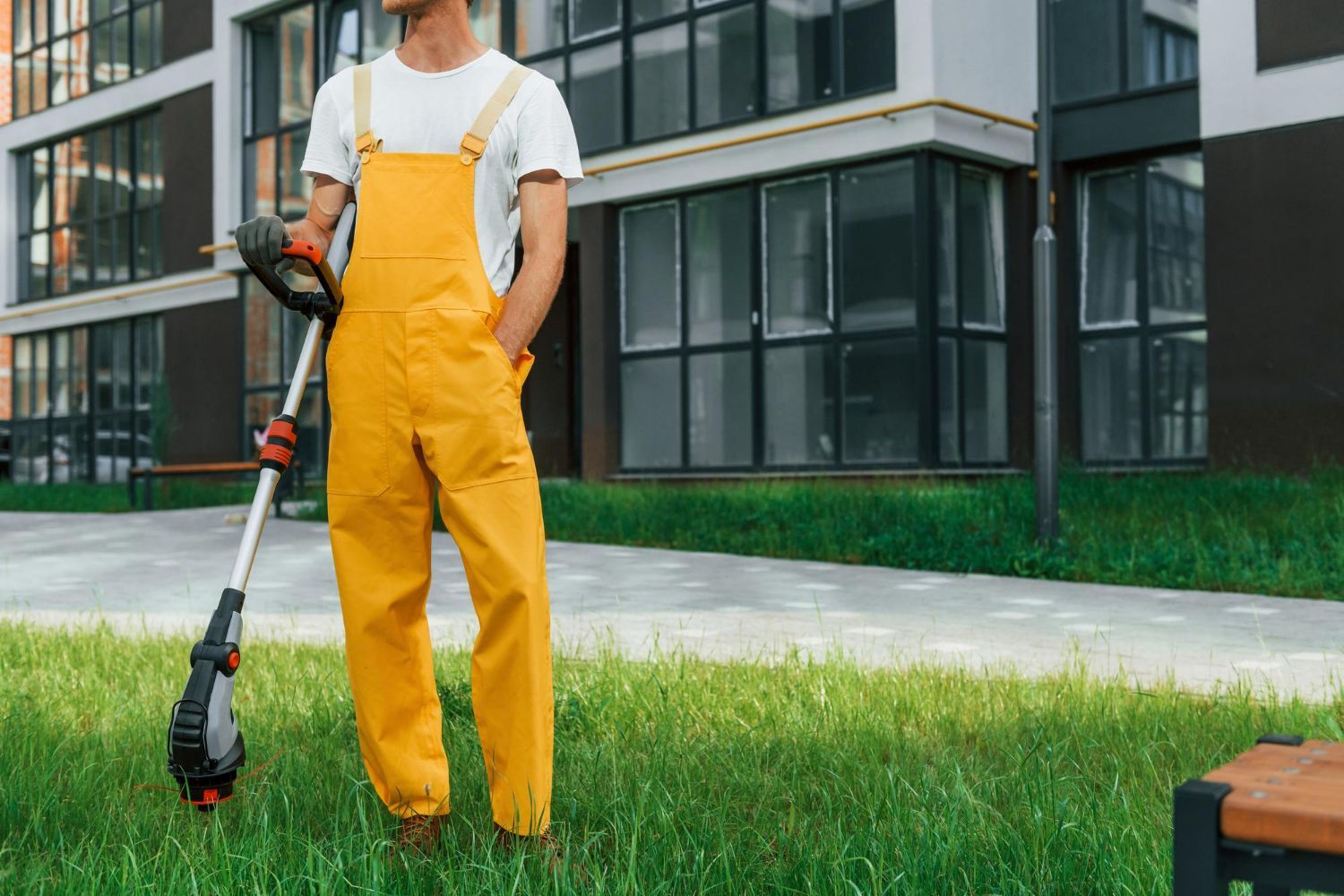Wood vs Concrete Block Retaining Walls
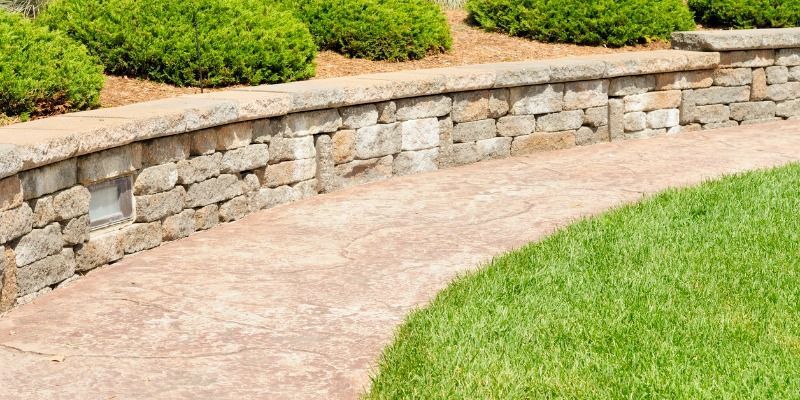
Retaining walls play an important role in your landscape design. Not only do they serve practical purposes to hold back soil, but also can create a beautiful detail that adds texture, interest, and levels to your garden. The trick is choosing the right types of retaining wall materials. Here we review the pros and cons of wood vs concrete block retaining walls.
Concrete Block Retaining Walls
Concrete block retaining walls not only look spectacular but are also easy to lay. Despite their brick-like appearance, they don’t require messy, precise mortar. They come in all types of designs, colours, shapes, and textures allowing you to create a totally custom look for your retaining walls. They are also easily matched to other hardscaping details in your yard such as pathways and steps. You can create a very cohesive look in your garden with concrete block retaining walls. Some points to consider include:
Installation:
- They are lightweight and relatively easy to install
- They require a crushed-stone footing
- A heavy-duty mesh is used to anchor every other course to the ground
Pros:
- They are ideal to create interesting retaining walls including curves for a softer look
- They come in endless possibilities of tones, textures, and sizes so you can customize the look to your style
Cons:
- Improper footing can interfere with their durability
- They can only be used for walls under 4 feet
- They tend to be more expensive
If you want a highly customized look for your retaining wall and have a higher budget, then concrete block retaining walls might be best.
Want to add retaining walls to your landscape? At Breakaway Landscaping, our team is ready to help. Contact us today to learn more!
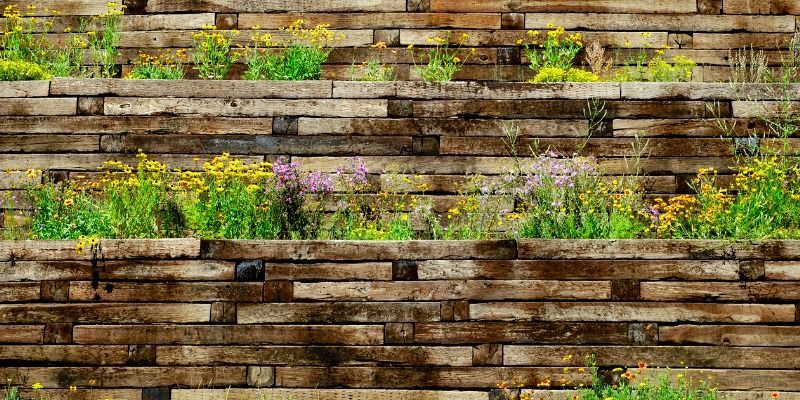
Wood Retaining Walls
Wood retaining walls are a classic choice and provide a sturdy option that can last as long as 40 years for pressure-treated wood and 20 for red cedar or redwood. It is an affordable option, but more limited in how creative you can get with your design. Some points to consider:
Installation:
- Typically sold in 6x6s, 6x8s, and 8x8s
- Held together with a series of screws, spikes, or rebar
- They require a crushed stone footing
- They are anchored with T-shaped timber deadmen
Pros:
- Fairly simple to install
- Product is easy to find at lumber and home improvement stores
- Provides a more natural, organic look in the garden
- If cared for properly, it can last for 20+ years
Cons:
- It can rot, especially wood in direct contact with the ground and soil
- They are only recommended for walls under 4 feet
- Limited designs
- Cannot be used for curved retaining walls
If you have a limited budget and want to create a more rustic, organic look, then wood retaining walls might be best.
These are just two types of garden retaining walls. You can also find other options such as stone retaining walls or even combine stone with your retaining wall blocks.
Interested in adding a retaining wall to your backyard? Look no further! With the help of Breakaway Landscaping, we can design and build your retaining wall with ease. Contact us today to learn more.
Sources:
The post Wood vs Concrete Block Retaining Walls appeared first on Breakaway Landscaping.

